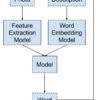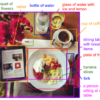Text summarization is the task of creating a short, accurate, and fluent summary of an article. A popular and free dataset for use in text summarization experiments with deep learning methods is the CNN News story dataset. In this tutorial, you will discover how to prepare the CNN News Dataset for text summarization. After completing […]










